If you have been following my social media – in particular my Instagram and Blogs here – you will know that I have travelled to Japan in 2015, 2016 and have just returned from another trip there in August 2017. I also have quite a healthy investment in reading and researching about travel to Japan, Japanese culture and what is worth checking out the next time I am there. I have had numerous friends contact me to pick my brains on things to see and do. I would usually email them with some info and details. I kept those emails and have gradually added to them as more and more people tell me about their travel plans. It is not exhaustive and is a living document in that I constantly add to it.
For first timers, Japan can be intimidating. It was for me, but I quickly overcame that after I discovered just how easy it was to travel within Japan and make the most of my time. And as a photographer, particularly a street photographer, I took a lot of notice of the best places to see and experience Japanese culture. I am not a seasoned traveler but I have some ideas that were put into practical use in recent trips and decided that it could not hurt to publish my ‘Japan travel guide’. So here is my latest version of my travel guide from the view of an Australian – although most of the info will assist any traveler.
Experiences
There is a lot to do in Japan especially in the big cities. And a lot of it is within walking distance or at most a few subway stops away. My advice is to plan well and pre-order any experience tickets and the like before you travel. That way you can avoid any confusion trying to buy tickets to events in a language you don’t speak. There are also a lot of seasonal events going on in different parts of Japan at different times of the year. Especially festivals. The Japanese love their festivals and they usually spill into the streets in bright and creative and culturally traditional ways. I use the following sites to find out what to do, whats going on and also to book tickets:
Voyagin. This site offers you deals and bundles on experiences in Japan. You can search by city and then by the type of activity you may like. Tickets can be purchased directly from the site and you will be sent e-tickets that you can either print or store digitally on your phone or iPad to show at the event.
https://www.govoyagin.com/destinations/japan
Time Out Tokyo. Time Out covers most major cities in the world but not all of them. This one was of particular help to me in seeing what was happening at the specific time of my travel.
Safety and the peeps

I have found Japan to be a very safe and tourist friendly place. I have been out at 4 in the morning in the back alleys of Shibuya and Shinjuku taking photos and never once felt threatened. But then I think the Japanese thought me to be some sort of demon with my giant ginger beard. There are people everywhere all the time. In the big cities, a lot of buildings, like office buildings, have overnight attendants at the doors. A lot of restaurants are open all night or very late. I found this to be the case especially in Shinjuku. I guess usual safety precautions apply. Police stations are more like booths and generally there is one at every big train station. Public transport is very safe there. Department stores and train stations all have lockers for storing suitcases, etc.
But the people of Japan are amazing and friendly and always willing to take the time to help. They have an incredible sense of pride in all they do and are incredibly humble – almost apologetically so. I managed to get by with knowing the basic courtesies in Japanese. Lots of people I interacted with had some English or were very willing to take the time to understand my needs.
Transport
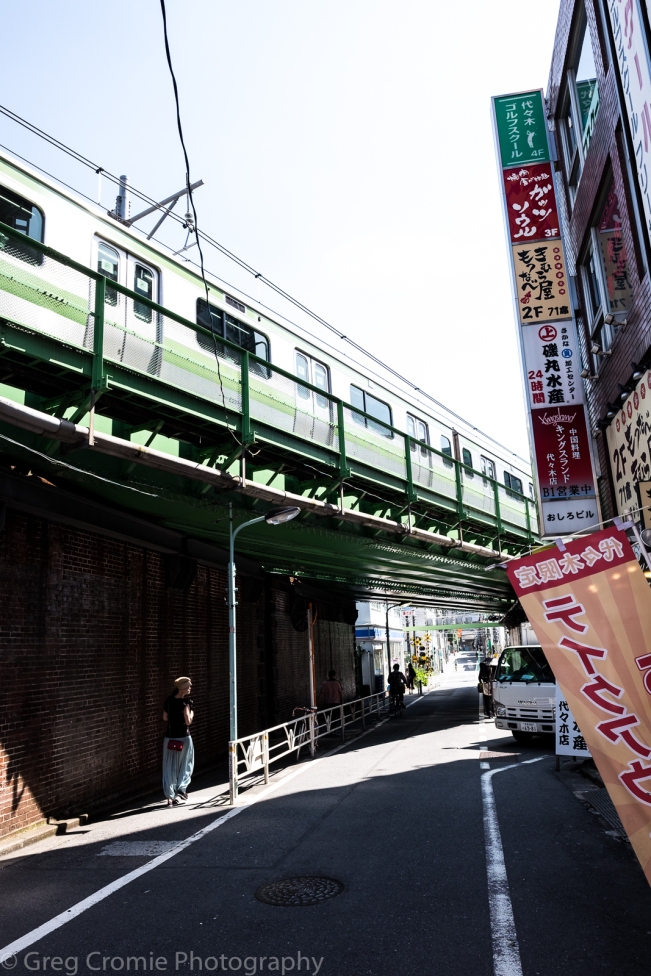
There are all forms of transport in Japan. Moving so many people in such a small country is a challenge but the Japanese seem to have gotten as close to perfection as can be. From high speed Shinkansen to renting a bicycle to explore – you will find your way around in no time.
First a word about taxis in Japan. There are taxis everywhere in Japan. Perhaps they stand out so much as there is not as much traffic of regular cars on the roads. But they are a suitable option for short trips just like in any other city. They are incredibly clean, safe and the drivers always are well dressed and courteous. Beware though as the rear doors of the taxi are opened and closed automatically by the driver. And also the seat covers will resemble something like your grandma’s lounge. The seats are covered in white frilly doilies. Drivers now have easy direction cards so you can point to certain areas that you want to travel to. But they do speak a little English, at least in the big cities. I used my phone to show a map or even an image of a building I wanted to go to.
There are a significant number of bus routes in Japan and these of course supplement the train networks wonderfully. When I have used a bus, I simply showed my Japan Rail Pass or paid the small far in cash. The driver will take a photo of that pass – I didn’t know what was going on the first time this happened. The driver may not call out the stops in English but there will be information screens or signs inside the bus to notify of the stops.
Now onto the trains. The Japanese train network is crazy when you first look at it. But after a day you will get the hang of it. And in the big cities, the station arrival announcements will be repeated in English. As will the information on the monitors inside all trains. All the signs in the train station have English translations too. So in most of the bigger cities there are three main networks you need to be aware of. The subway, the above ground network and the Shinkansen (bullet trains). You can move between the three really easily as generally the bigger stations host all three networks and sometimes more. There are often networks other than Japan Rail (JR) running services in a big city. It sounds complex and it is, but just follow the signs and the platform numbers and the exit numbers. Trains run very frequently and exactly on time.
And train stations or subway stations are everywhere. A single station can have multiple subway entrances over a kilometre away from the actual station. The underground aspects of the stations are huge and often will have underground shopping centres – like seriously big ones. When researching places to go and things to see – keep note of the station exit number they usually recommend in tourist information. This will be critical to not getting too lost. And sometimes it will include a direction – North, South, East or West exit. Keep in mind that in the lead up to the Tokyo 2020 Olympics, pretty much all the stations in Tokyo are going through an upgrade. So it can seem a little chaotic.
The best value for money is to obtain a Japan Rail Pass if you are moving between cities or are planning day trips away from a big city. Otherwise if you are just staying in the one city, then you won’t need one. You can get them for a specified number of days and to cover certain areas of Japan – depending on where you intend to travel. These allow you to use all the above ground networks and the shinkansen or super fast trains between cities. These are amazing. I would recommend organising this through a travel agent. You can buy them in country but it just means finding a JR (Japan Rail) office at the airport or a larger station.
For the subways and local network, the best thing to do is get a Suica (Swee-Ka) card . They are a bit like our Myki cards here in Melbourne and you can top them up at any train station. The machines you use even have a button marked ‘English’ so the machine will give you instructions on the screen in English. Even if you arrive at a station and you don’t have enough on your card to exit the station, there are top-up machines inside and outside the gates. Very user friendly so don’t be intimidated by it. The Suica system is expanding too. You can use Suica cards on vending machines, in taxis and also at many convenience stores. So keep that in mind if you don’t like carrying too much cash or change.
It is probably easier to organise these via a travel agent – this is what I do. More information can be found at the below site for the Japan Rail Pass. You can also buy the Suica from the stations or from convenience stores.
Finally, if you are arriving in Tokyo at Narita Airport, then you will need to catch a train to get from the airport to central Tokyo. Far cheaper than a taxi. I highly recommend the NEX (Narita Express). It is a high speed express train that runs too and from the airport several times a day. You can get a return trip ticket for ¥4,000. The first ticket to be used on that occasion will have the carriage and seat number as it is allocated seating. On the way back you drop by a ticket office to get your return seat and carriage allocated. At the Narita Airport, look for the red signs and ticket office for the NEX. The NEX is a limited express that stops at and departs from Tokyo, Shinjuku and Shibuya stations.
Japan rail pass info:
Information about the Suica can be found here:
https://www.japan-rail-pass.com/services/suica-card
Narita Express
http://www.jreast.co.jp/e/nex/
Also, there is a website and an app you can download that you can enter your current location and your intended destination and it will tell you what trains, platforms, times, etc to take to make your journey. I found this invaluable when I was there – but obviously you need mobile data to use it – more on that later. And search Hyperdia in the App Store.
Accommodation
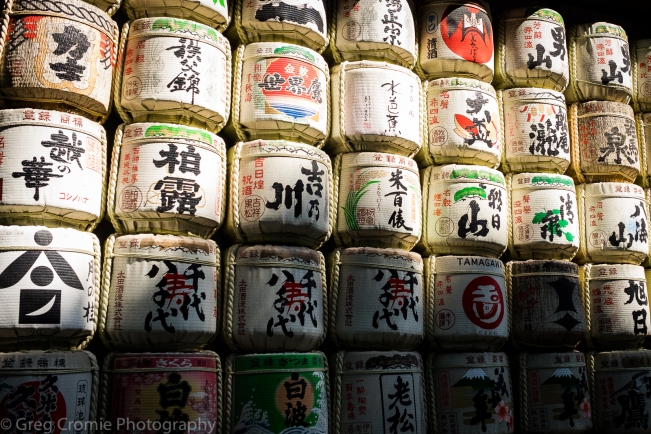
Whenever I travel to Japan I usually just book what they refer to as business hotels. They are 3-4 stars and are quite basic but they are always clean, safe and the staff will do anything to make sure your stay is enjoyable. I also make sure I get one that has a dining room / restaurant and get breakfast included in the nightly rate. That way you get a good breakfast into you before you hit the streets. This is important because Japan generally gets going closer to 10am. Cafe’s and shopping centres don’t open until 10am or 11am. So have breakfast at the hotel. Don’t be surprised if your room is tiny. They generally are. But you only need a room to sleep in and rest.
The other option is to get a capsule. Capsule hotels in Japan are pretty amazing. Each individual capsule is quite big and comes with a TV and bedding, etc. They are incredibly cheap. Usually they will have a floor for women and a floor for men. Or a separate hotel for men and women. Each floor has a communal bathroom with large stalls for showering and dressing. Lots of locker space for luggage and also a restaurant and cafe. Just think classy and futuristic backpacker. These are popular for single nights when traveling between cities. Or just for the fun of it.
Telephone / Data
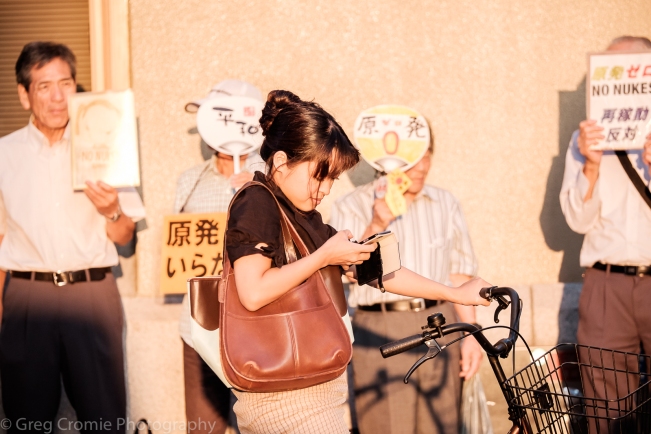
It is tricky to get your Australian telephone to make calls in Japan as their network is very different to ours. Whenever I go, I just get a data sim with a couple of GB of data. That way I can email the family, Skype, Facetime, post in Facebook and most importantly use Google Maps and the Hyperdia app I mentioned earlier. Addresses are tricky to locate in Japan. But having maps makes it so much easier to locate places and even to look up information about a place you have heard about whilst on your travels. I use a company that send you the sim within a few days and it includes user instructions, etc. Japan cities are massive and can be disorientating. I think that this is a worthwhile investment.
Alternatively, you can pick up a phone from the airport when you arrive. But after a long journey and arriving in a busy airport sometimes the last thing you want to do is track down a booth that sells or rents phones.
Eating
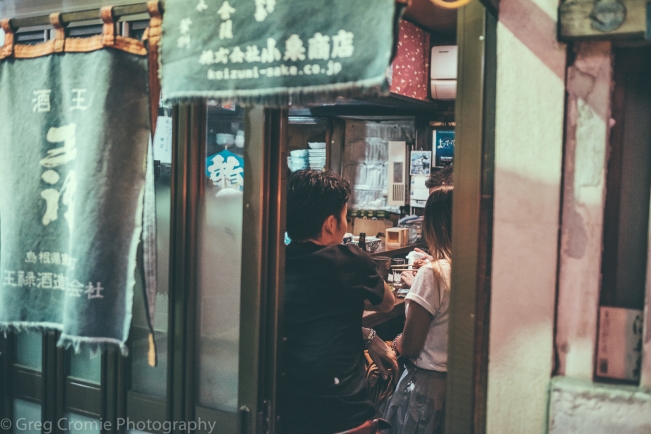
I found that eating in Japan is quite cheap – obviously I travel alone. Many large department stores will have a cafeteria type restaurant where you can grab full size and cheap meals. I can get away with a hot meal and a drink for around AU $10. They also often have great little shopping markets – usually underground – that sell all sorts of local treats. Make a picnic and go to a gyoen (park) or a sky garden at the top of a skyscraper. I also found it useful to sometimes visit a convenience store – 7-Eleven, Lawsons Family Store to buy some snacks for the road. The convenience stores in Japan are seriously fancy and stock a huge range of goods.
Also, you will quickly notice the vending machines everywhere. Everywhere! Your hotel will probably have them in the hallway selling beer! Usually these only dispense cold drinks but you can come across some that have food snacks too. I even found one in Hiroshima that had these clear bottles with a brown liquid and a long silver fish inside it. Local treat apparently! And there will be beer. Yes beer. Beer in vending machines. Beer in the convenience stores. Beer festivals in summer. Beer museums. Don’t be surprised if you see people sipping a cold one on a long commute train in the afternoon. Very civilised.
Avoid touristy restaurants if you can and head a couple of streets away from the main streets to find cheap and friendly places to eat. Or, avoid the ground floor restaurants and check out the floor guide of a building as there will usually be a better and cheaper restaurant a couple of floors up. Ramen and Sushi restaurants are usually open 24/7 and are very cheap. A lot of restaurants have English menus if you ask. But half the fun can be ordering something you have no idea about. But I encourage you to eat like a local and don’t be dissuaded if there is no English menu. Most places have pictures of each dish. I suggest you point and be brave. Some restaurants will have a vending machine at the front. You select the dish you want to have, put in the required amount and grab the printed ticket. You do this for each dish, extra and or drink. Then take the tickets inside and hand them to the host.
Also, there are no bins on the streets of Japan. Some of the bigger vending machine areas will have recycle bins for bottles. But not many. Regardless, you will not find a cleaner country. I don’t know how they do it. So every day I kept a plastic shopping bag in my backpack to tuck away my food and drink wrappers until the end of the day.
Money
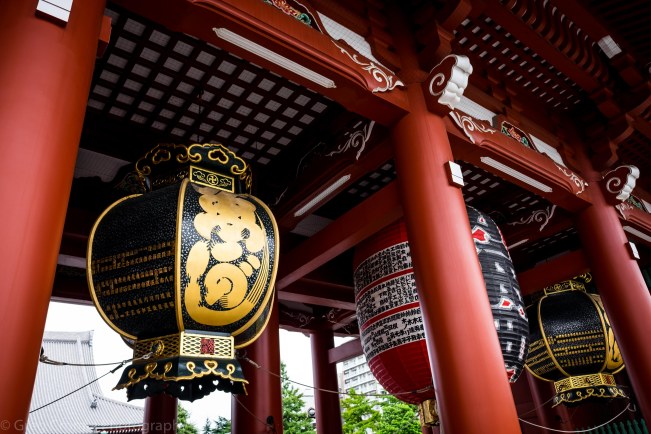
Japan is still a cash reliant country. Bigger stores and places do take credit cards but sometimes debit cards won’t work. And then there is the international credit card fees when you get back home. Having a Visa Debit Card can solve that problem mostly. But I found it easier to manage cash only and keep my credit card for the big purchases – international transaction fees hurt.
You can get cash out from 7-Eleven and some other convenience stores. But it is rare to find an ATM in the wall on the street like we have here and even rarer to find one on the street that works with any of our cards. So 7-Eleven is the way to go. Or get a pre-loaded travel card. Also important to note that the Japanese do not tip. Not that we do in Australia but some people may think it is the polite thing to do. They can almost become offended if you try to do this as they have a lot of pride. The Japanese do not haggle either. Always pay what is on the label. A smile and a thank you is tip enough.
As mentioned earlier, the Suica card is not just a rail card. You can load it up with cash and tap it at convenience stores, vending machines and also in taxis. So this can be a good solution for managing your everyday cash.
Tokyo
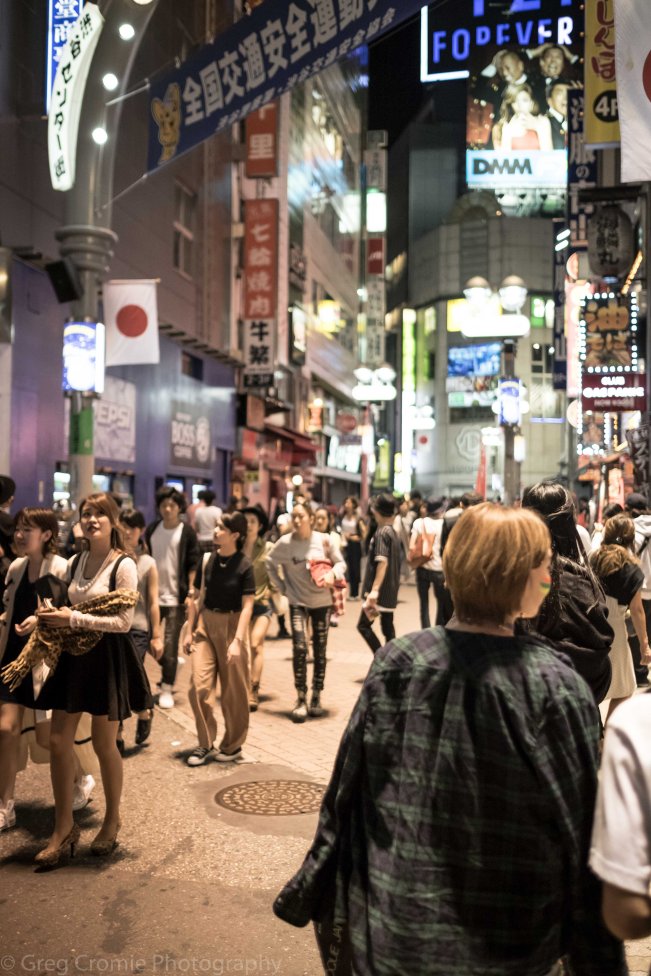
Tokyo is big! Actually that is an understatement. It is massive. The biggest city in the world. You will only scratch the surface so do some research on the things you want to see and then check out where the closest subway station is. It will not be far away. Some of the best suburbs to visit to get a true slice of the hyper-modern Tokyo – Shibuya, Shinjuku, Akihabara and Harajuku. All are within a subway stop or two away from each other – or a nice walk often through a park. Places like Ginza, Roppongi and Marunouchi are great too but they are upper market areas with boulevards of high class stores or business districts.
- Tokyo Tower – located in Roppongi – giant red and white tower similar in shape to the Eiffel Tower. The queues can be long but you will never forget the view. Go early and pick a clear day.
- Meiji-jingū – this is one of the most amazing places on earth as far as I am concerned. A mammoth park smack in the middle of crazy Tokyo with giant ancient tori (gates) and shrines. A long gravel boulevard passes through an impressive forrest – yes a forrest in the middle of Tokyo. When I was there I watched traditional Japanese weddings take place, people making wishes to the gods, incredible experiences.
- Ueno – the Ueno-koēn (park) is home to a zoo, National Science Museum and the Tokyo National Museum.
- Tokyo Dome City – baseball stadium with an amusement park.
- Shibuya Scramble Crossing – Shibuya – this is a phenomenal site as it is the giant zebra crossing of five big roads in the heart of Shibuya. Surrounded by ultra hip department stores. Several thousand people crossing every few minutes. Hold on tight.
- Tower Records – Shibuya – around seven floors of music, vinyl a book store and a groovy cafe.
- Ghibli Museum – Mitaka – this is a personal favorite. I have now been twice. This is good if you like Japanese animation. And it is a bit of a small theme-park-type-museum. This is the museum to celebrate the lifetime work of the famous Japanese animator Hayao Miyazaki. He created animations such as Spirited Away, Tottoro and Howl’s Moving Castle. Even if you are not familiar with the animations, the museum is just an amazing fantasy world experience. As a tourist you can only buy tickets to this from Australia a couple of months prior to your travel. Talk to your travel agent.
- Akihabara – Electronic Town. Vast stores of electronic goods with many specialising in video games. This is a geek gadget heaven and just an incredible place to see how the youth of Tokyo get their kicks. You will also find maid cafes here with cute (kawai) girls in maid outfits strutting the streets inviting you to come along.
- Owl, Cat, Hamster, Hedgehog and Bunny Cafe’s – these can be fun but usually have reduced trading hours so best to research them individually. Perhaps check with a travel agent as they can be very busy and you usually have to book ahead to get a specific time slot.
- Robot Restaurant – Shinjuku – is an incredible experience. You don’t actually go there for the food although you can pre-order a Bento box of food. This is more of a stage show experience like nothing you have ever experienced.
- Senso-ji (temple) – Asakusa – this place was one of my favourites. A massive temple, shrine and gardens. Great for traditional souvenirs and gifts
Kyoto
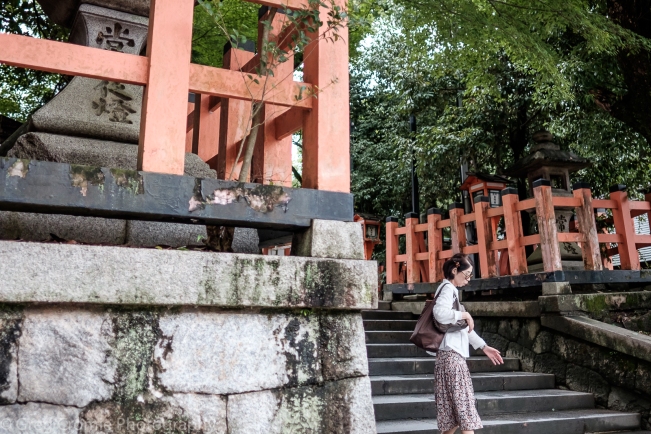
Kyoto is considered to be the heart of traditional and spiritual Japan. And it is easy to see why. But it is also a very touristy place. So be sure to do some research and move away from the central hubs especially around Kyoto station as you will not get a necessarily authentic experience. Don’t be afraid to walk down backstreets and just explore. That is how you will see the true side to Kyoto.
- Kyoto Station – one of the biggest buildings you will ever see in your life. Housing the station – including the Shinkansen station, subway, above ground network and also a secondary network run by another train company, shopping centres, hotels and much more.
- Kyoto Tower – this is opposite the Kyoto Train Station. An amazing view of the city. Again worth the look. Try and get a hotel in Kyoto that offers a free visit to the tower with the room. A lot of the hotels within the vicinity offer this.
- Kyoto Railway Museum – even if you don’t get too excited by trains you will soon come to learn that Japan’s rail network is one of the most advance in the world. This museum is a celebration of the history of their engineering ingenuity. It also has a great restaurant to grab a meal. And the gift shop will make you broke.
- Kyoto Imperial Palace – a vast site with several palaces and incredible gardens. Do some web research to see when and if tours are available. Impressive just to walk around.
- Shrines and temples – they are everywhere! Seriously. You will be walking along through an enclosed shopping arcade and out of nowhere there will be a small entry to a shrine. But to see some impressive cultural sites – Higashi Hongan-ji or Nishi Hongan-ji – both are within a 15 minute walk from Kyoto Station. They are massive and so awe inspiring. Then there is the mega impressive Chion-in located in Maruyamacho. Short train ride from Kyoto Station but suddenly you are in residential Kyoto. This is a seriously massive site filled with many huge temples, shrines and an exquisite Japanese garden to wander through. You will need a couple of hours to make the most of this but this is the true spiritual home of Japan. An active Buddhist complex complete with monks in black PJs.
Osaka
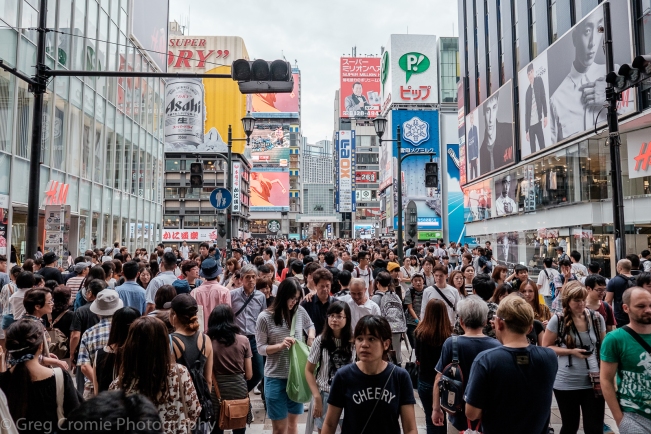
Osaka is another massive city. It is a lot grungier than Tokyo and feels a lot more intense. Always take a moment to look up in Osaka. You will be amazed at the complex network of city by-pass roads that criss cross several stories above street level. When I went to Osaka I didn’t have a planned itinerary as I had when I visited the other cities. I was only there for a short time so I mostly just wandered the city and would hop on and off the subway at random stations just to experience and see random stuff. But here are a couple of worthwhile things I recommend:
- Den Den Town – Nipponbashi – This is a bit similar to Akihabara in Tokyo. Great at night all lit up and with stimulation overload. Gadget, Anime, Manga and gaming heaven. Maid Cafes, Cosplay, Drag. Amazing street culture.
- Dotonbori – this is a major shopping district with a mall that runs for several kilometres. Amazing food stalls, stores selling both modern and traditional goods.
- Osaka Castle – this is an amazing site. Even if you are not into history or the like. Just an impressive and expansive park with the castle itself sitting on an island created by giant motes, stone walls with cut stones the size of busses. Impressive.
- Osaka Museum of Natural History – in sight of the castle grounds. This museum is housed in a tall modern building with the exhibits covering several floors. Also a great view of Osaka from any floor. Good souvenir spot.
Day Trip – Hiroshima
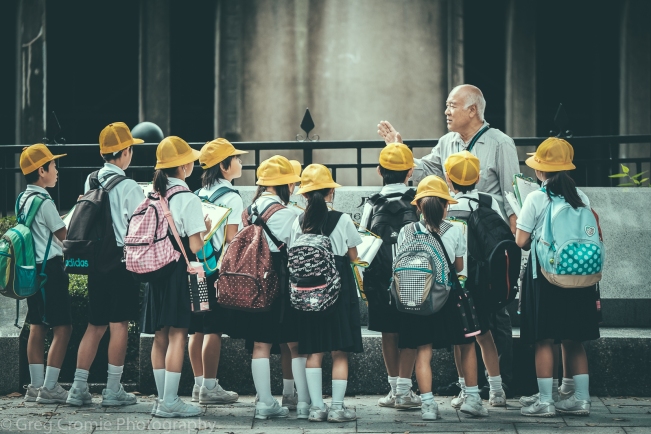
If you want to do a day trip then I highly recommend a trip to Hiroshima and Miyajima. From either Osaka or Kyoto take a Shinkansen to Hiroshima. Then grab the bus that does a loop of the city and passes all the big sites – Hiroshima Castle, Hiroshima Peace Memorial Park, The Atomic Bomb Dome, Children’s Peace Garden, etc. Such an incredible and humbling place.
Then you can take a short train trip to Miyajima followed by a very brief ferry trip to the island. It is an island with an amazing shrine – Itsukushima Shrine. Just off the coast, is a giant tori (gate) that appears to float in the middle of the bay. The island itself is home to countless wild – yet trourist-tamed – deer.
You can schedule all of this yourself with the Hyperdia app or you can book a dedicated tour by bus via an agent. The bus makes it an even longer day though and more expensive.

So there it is. Obviously just a summary of my trips and my blogs about my trips. But hopefully some worthwhile information and advice wrapped up in a neat package. Prior to my first trip to Tokyo in 2015 I asked friends for advice such as this. And obviously there is a huge amount of info online. For more detail and images of some of these sites, please check out my blogs. Let me know if you have any questions also. Happy shooting.

13 Responses to My Japan Travel Guide – August 2017
A fellow Melbourne boy!!
Thank you so much for this!! Im heading to Japan in a couple weeks and this was a huge help!
I also loved the photos you threw in here and there – they were amazing and as a fellow photographer too, I am so excited to get shooting in Japan!!!
Where were your favourite spots to really get some sweet street shots?:)
LikeLiked by 2 people
Hi Ryan. That is awesome news! Glad it was of help. Cannot beat Shibuya for street photography. Especially at night. Asakusa is great too as the backdrop is less modern. Good luck!
LikeLiked by 1 person
awesome! I’ll keep those in mind!
thanks again 🙂
LikeLike
I have been living in Tokyo since 1990 ( https://tokyo5.wordpress.com/about/ )…if you have any questions about Japan, especially Tokyo, ask me, by all means:
LikeLike
Thanks! That’s a helpful news to be read.
LikeLiked by 1 person
Amazing! I’m missing Japan everyday!!!
LikeLiked by 1 person
Do you plan to return soon?
LikeLiked by 1 person
Yup this late November !cant wait!!!
LikeLiked by 1 person
Wonderful! Of course I am jealous. What is the itinerary?
LikeLiked by 1 person
So far I have ….Kobe, osaka, Kyoto, Okinawa, Tokyo, Nagano….. might go hakone, looking for a nice onsen! 👍
LikeLiked by 1 person
Amazing!
LikeLiked by 1 person
[…] in Japan, they are unique and have their own set of quirks that are very Japanese. In my blog, My Japan Travel Guide, I highlight a few important factors about travelling via Taxi in Japan. I also go into a lot of […]
LikeLike
[…] I will leave you with some travel advice taken directly from my blog My Japan Travel Guide. The guide can be found here and covers a range of information relating to travel in Japan. […]
LikeLiked by 1 person